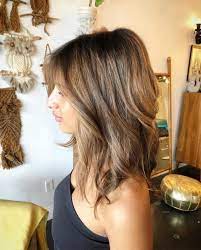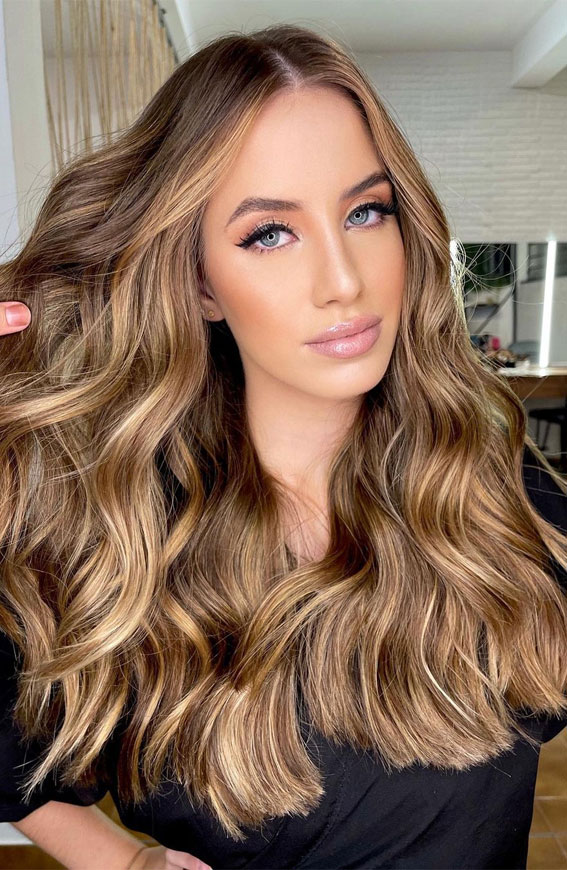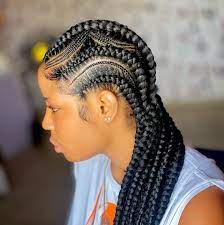
Layers are flattering for all hair types.
Layers can help lift thick styles while adding volume to fine locks. Layers can help create soft romantic looks or fashion-inspired rebellious blowouts. However, always inform your stylist of what effect you desire when styling layers, as many variables are involved with layering your locks.
Face framing layers
Face framing layers can add both definition and softness to your locks. They typically consist of shorter-than-usual layers cut on either side of your face. Sometimes called money pieces, this form of layering looks best on symmetrical faces. However, for optimal results, it should be left to professionals at a hair salon where the strands will be blended beautifully into each other. When cutting face-framing layers, try dampening your hair first to control length and achieve even cuts. Additionally, use a comb with cutting edges for precise results.
Rounded layers
Layers add volume to hair and can frame the face perfectly when appropriately cut. However, improper layer-cutting techniques can leave thick textures looking rough or make them appear unruly. Therefore, It is wise to visit your salon and have one of their stylists do this rather than attempt it yourself at home. Rounded layers are an effective way to add volume and movement to thin hair textures. Although you can cut them at various lengths, keeping the layers close together so your locks don’t look blunt or choppy is recommended for optimal results. Kristen Stewart has always been a champion of layers, whether in her bobs or pixies. Kristen’s tousled pixie showcases ideally how layers can create dimension and movement within her hairstyle. Layers provide artificial volume on finer locks while helping tame wild curls more manageably. Longer locks may even find them easier to manage, thanks to layers. Consider adding them as part of your style today.
Middle part
A middle part is an effective way to add texture and volume to your cut. Instead of cutting a straight line from the top of your head to the nape of your neck, your stylist will craft layers that gradually thin out at the crown, producing fuller volume in the resultant style. This style is ideal for those who want to experiment with layering but are reluctant to commit to getting a mullet or need a face structure that complements this look. It works best with straight hair but also with wavy or curly strands. Just make sure that a volumizing product is used when layering.
Long layers
Layers can be an ideal way to style hair of all lengths and textures, from thin or delicate to thick or curly. Layers come in many different forms that each produce their distinct look. Ultimately, the one chosen depends on your desired result and desired face framer. Rounded layers are ideal for creating a convex shape around the face. While they work for all hair types, short locks seem exceptionally well suited for this style that elongates your features and flatters those with square or angular features. Long layers can help medium-length hair achieve an easy way to frame the face, emphasize movement in wavy locks, and create soft and full waves that look soft and full. They’re easy to style too! With medium-length locks, layers can create face-framing effects or bring out the texture of locks while maintaining volume in locks. This style will keep them looking soft and full for years.

